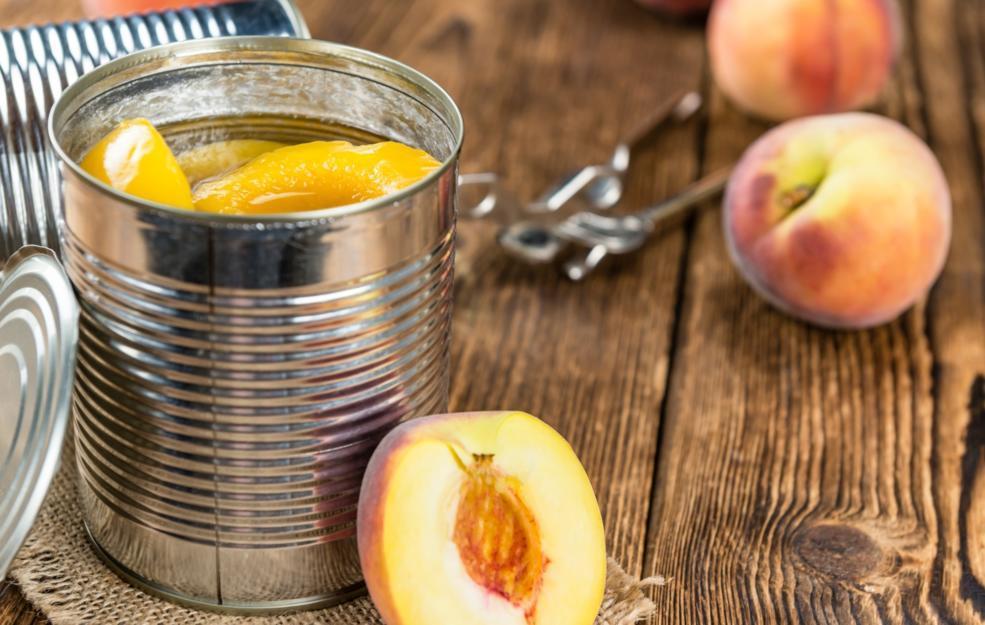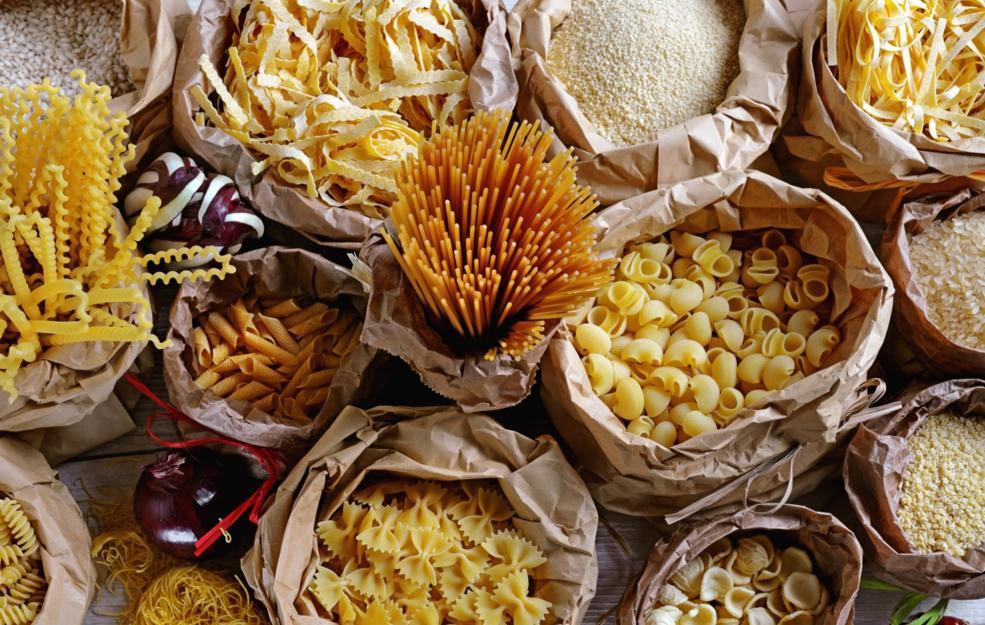Diverticulitis Diet

Dairy Food Items

Gelatin

White Bread

Tea or Coffee

Canned Vegetables

Canned Fruits

Cereal (Low-Fiber)

Protein

Pasta, Noodles, White Rice

Broth

Ice Pops

Grape Juice
























The diverticulosis diet reduces the diverticula infection without need of surgery. The diet decreases the pressure of the intestine and prevents it from bursting. The diet helps with early recovery and keeps the patient in fine and fit health.
Diverticulosis is a health issue in which the inner lining of the large intestine or colon becomes swollen and bulges out of the outer muscular layer. The state of such “outpouchings” is known as diverticula. The name of the disease, diverticulitis, is mainly related to the inflammation and infection of one or more diverticulitis.
Diverticulitis is one of the most common, but deadly diseases, which most people think to be piles at the beginning, because diverticulitis does not have any particular symptoms. But the diverticulitis diet, which mainly consists of high fiber, helps patients recover at an early stage without difficulty.
Diverticula occur in the large intestine or colon, which is weakened by age or, usually, constipation, increasing pressure inside the colon and causing smaller-in-size, pea-shaped pouches in the intestine wall, which weaken it. The disease diverticulitis increases with advancing age. In people between the ages of twenty and fifty, about 45-50% will suffer from the disease, and by age eighty-five to ninety, virtually everyone will have it.
Symptoms
Diverticulosis generally does not show any symptoms until it starts affecting the body and causes pain. The disease is asymptomatic and remains so; most people do not even realize they have the disease, which is causing them issues. Some people experience cramps or spasms, pain, and constipation every day. A person with diverticulosis starts suffering from the blockage, which interrupts the blood supply to the area and slowly infects the pouch (diverticula) of the intestine. The infected tissues may rupture the pouch completely. A severe infection caused by diverticulitis can lead to acute pain in the stomach and abdomen, fever, and a smooth, soft feeling in the left side of the area below the abdomen.
Both severe and acute infections near the abdomen cause irritation in the nearby tissues and make the abdominal muscle spasm and weaken. Most patients suffering from diverticulitis have highly painful, frequent bleeding. This painful and highly infectious disease mainly happens to the left side of the large intestine. Diverticulitis is more common among men than women; the chances of developing the disease in men are three times higher than in women.
Treatment
There are some treatments for diverticulitis which can work effectively and help control the disease.
Increasing fiber in one’s diet not only reduces the infection, but also the pressure on the intestine, which is very helpful during painful situations.
A short course of pain medication is highly recommended by doctors when the infection becomes painful with cramps, spasms, bloating, and other constipation-related problems.
Some of the medications for treating the disease also empty the intestine as a part of treatment, and this could lead to undesirable side effects.
The treatment for diverticulitis has three main focuses:
- To help clean out the infection and the effect of inflammation by working directly over the affected area.
- To reduce the pressure of the intestine with the use of a liquid diet and a pain reliever. The drug propantheline (Pro-Banthine) is used to effectively control severe muscle spasms.
- To prevent any complications or to reduce existing ones with a proper diet.
The painful attacks and acute pain, when repeated, cause severe infection, so, to control the pain and reduce the effect of infection, the patient has to stay in the hospital. It might be necessay to have surgery, if the infection worsens.
Effective Diverticulitis Diet
The diverticulitis diet mainly consists of high fiber, which effectively manages the disease and reduces the effect of the infection on the intestine, if followed as per the medical advice. The fiber intake should be increased according to the suggestions offered by the American Dietetic Association, which suggests twenty to thirty-five grams of fiber every day, including six to eight grams of soluble fiber. The effect of the fiber in daily dosages helps clean and clear the bowels.
The diverticulitis diet helps produce more bulk in the stool, which reduces the pressure on the intestines slowly and effectively. It aids in not only the regular and complete movement of waste, but also reduces the risk of the disease and prevents further accumulation of infection.
There are a number of benefits from the balanced diverticulitis diet, along with keeping the disease under control:
- Protects against cancer of the colon (intestine) or rectum
- Assists in preventing heart-related disease and many other serious health problems
- Offers foods which are not only high in fiber, but also vitamin A, vitamin C, vitamin E, and selenium, which is useful in fighting diseases
While on the diverticulitis diet, one should constantly increase the intake of fluid and fiber on a daily basis, as well as drink at least two liters of fiber mixture, which becomes part of the fiber supplement; it helps form stool that is easy to pass. According to medical advice, Metamucil in the form of soluble fiber from psyllium may be recommended for patients. It is also advised to consume margarine-containing plant sterols, which is a cholesterol-lowering spread.
A diverticulitis diet provides some rest to the digestive system by giving it lighter foods that can be digested without much strain. Some of the items that can be easily included in this diet are soups, ice cream popsicles, water, tea, and coffee. A low-fiber diet may be introduced by the treating doctor, but at a later stage.
Diverticulitis Diet Guidelines
The diet should be undertaken as per the doctor’s advice. If the difficulty still persists, surgery may be required to remove the infectious part of the colon. But, in most cases, diverticulitis is well-controlled and can be cured with the effective diverticulitis diet.
It is also advised to consume the seeds of fruits such as tomatoes, cucumbers, and strawberries, along with poppy seeds, as part of the diverticulitis diet, because they are harmless.
It is recommended to consume 2 to 3.5 grams of fiber per tablespoon and mix it with a quarter-liter of water as an everyday dosage.
Are There Any Risk Factors Associated with the Diverticulitis Diet?
The diverticulitis diet is a very safe diet, provided it is followed by the patient under intense supervision from a doctor. Although the diet plan has no risks, there are certain considerations that need to be followed. Since the diverticulitis diet includes more liquids, there are chances of weakness and certain other health complications if the diet is continued for a prolonged period of time.
The body may also be devoid of certain healthy nutrients that are considered important for normal functioning of the body. Hence, once a patient feels better, the doctor may recommend a smoother transition back to a normal diet. Patients suffering from kidney-related disorders may not be recommended for this diet, as their body finds it difficult to drain out the liquid due to restricted kidney functioning. A doctor’s advice is a must for anyone wanting to follow this diet plan.








